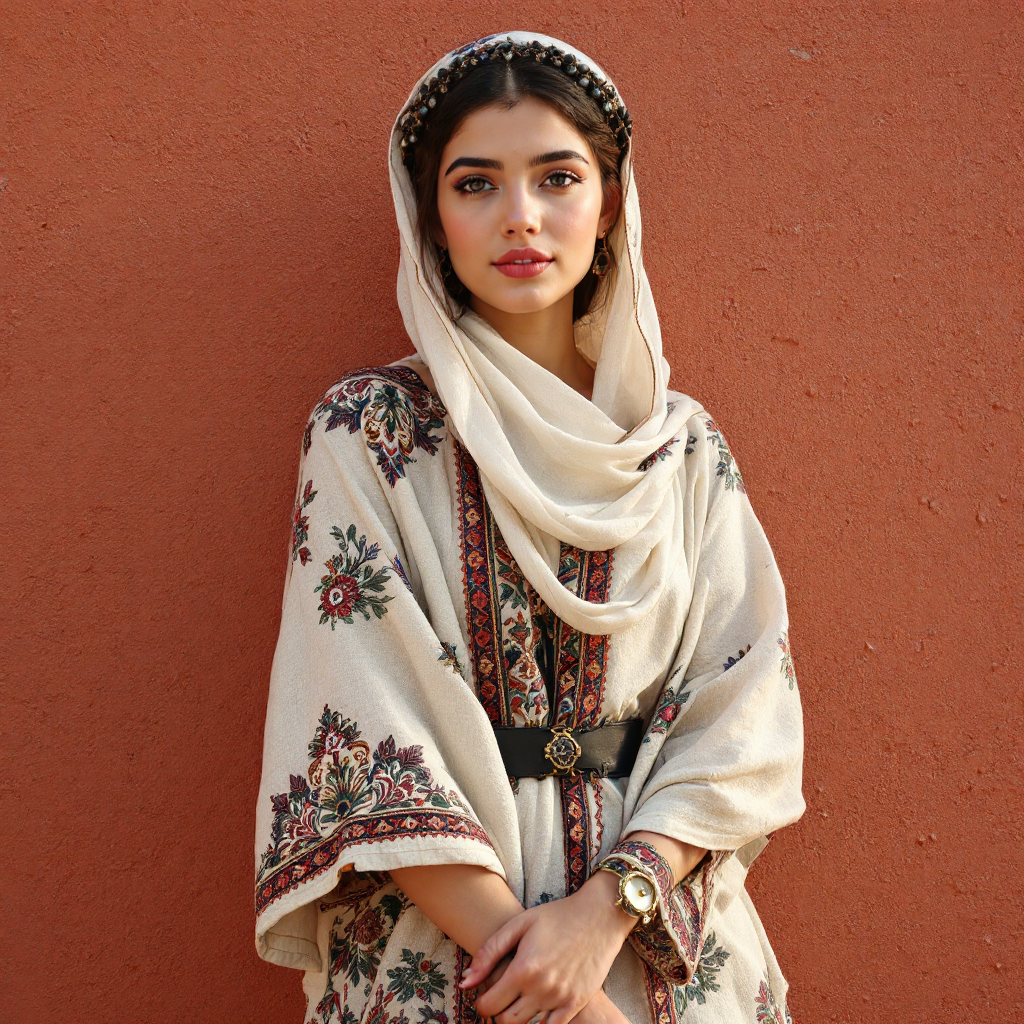
- arrow_back Home
- keyboard_arrow_right Moroccan Craft

Traditional Moroccan Clothing: What to Know 🇲🇦👗✨
Traditional Moroccan Clothing: What to Know 🇲🇦👗✨
When you think of Morocco, vibrant colors, intricate patterns, and rich cultural heritage come to mind. Traditional Moroccan clothing is not just about style; it’s a reflection of the country’s history, customs, and social norms. If you’re planning a visit to this beautiful North African nation or simply want to learn more about its unique fashion, here’s what you need to know about traditional Moroccan clothing.
1. Key Garments 🧥👗
Moroccan clothing is diverse and varies by region, but a few key garments stand out:
- Kaftan: A staple in Moroccan women’s wardrobes, the kaftan is a long, flowing dress that is often elaborately embroidered and adorned with jewels. 💎 It’s commonly worn for special occasions like weddings and religious celebrations. The kaftan’s loose fit makes it both comfortable and stylish, allowing for ease of movement. ✨
- Jellaba: This is a unisex garment characterized by its long, hooded design. The jellaba is made from various materials, including wool and cotton, making it suitable for both warm and cooler weather. 🌤️ It’s often worn daily and comes in a plethora of colors and patterns, reflecting the wearer’s personal style. 🎨
- Takchita: This is a two-piece outfit that consists of a fitted dress and an outer layer, usually a kaftan or a decorative robe. The takchita is typically worn by brides on their wedding day 👰 and is often embellished with intricate designs and luxurious fabrics. 💍
- Babouches: No Moroccan outfit is complete without a pair of babouches, which are traditional slippers made from leather. 🥿 They come in various colors and styles and are often handmade, showcasing the craftsmanship of Moroccan artisans. 👐
2. Cultural Significance 🌍❤️
Traditional clothing in Morocco is imbued with cultural significance. Each piece often tells a story about the wearer’s background, social status, and regional identity. For instance, the colors and patterns used in clothing can indicate a person’s tribe or family lineage. Moreover, during religious and social events, wearing traditional attire showcases respect for Moroccan culture and customs. 🙏
3. Regional Variations 🌄🏜️
Morocco is a country of diverse cultures and traditions, and this diversity is reflected in its clothing.
- In Marrakech, you might see more vibrant colors and ornate designs, reflecting the city’s lively atmosphere. 🎉
- In Fez, traditional attire often includes beautifully embroidered dresses and robes that highlight the city’s artisanal craftsmanship. 🧵
- The Berber people, indigenous to the region, have their unique styles, often incorporating handmade textiles and specific patterns into their clothing. 🏕️
4. Modern Adaptations 🌟👠
While traditional clothing remains popular, modern Moroccan fashion designers are blending traditional elements with contemporary styles. This fusion creates a unique aesthetic that appeals to both locals and tourists. You can find kaftans and jellabas with modern cuts, fabrics, and embellishments in boutiques across major cities. 🏙️
5. Tips for Visitors 🧳✨
If you’re visiting Morocco and want to embrace the local culture, consider wearing traditional Moroccan clothing during your stay. Here are a few tips:
- Respect Local Customs: While it’s generally accepted to wear casual Western clothing in urban areas, wearing traditional attire during visits to more rural areas or religious sites is a sign of respect. 🙌
- Shop Local: Look for clothing in local markets (souks) or boutiques that support local artisans. 🛍️ This not only helps the economy but also gives you a piece of authentic Moroccan culture to take home. 🏺
- Comfort is Key: Moroccan clothing is designed for comfort, so choose pieces that allow you to move freely and enjoy your adventures. 🚶♂️
6. Conclusion 🎊
Traditional Moroccan clothing is a beautiful reflection of the country’s rich heritage, diversity, and craftsmanship. Whether you’re exploring the bustling markets of Marrakech or attending a wedding in a rural village, understanding and appreciating traditional attire can enhance your experience in Morocco. So, the next time you think of Moroccan fashion, remember the stories, culture, and artistry woven into every garment. Embrace it, wear it, and celebrate the vibrant spirit of Morocco! 🎉👗🇲🇦
Search in this site
Categories
-
Latest news
- Marrakech to Merzouga desert tour : The Ultimate Guide
- Discover the Magic of Moroccan Vegetable Tagine 🥕🍅✨
- The Ultimate Guide to Moroccan Wedding Caftans: Traditions, Styles & Modern Trends 👰♀️✨
- Traditional Moroccan Clothing: What to Know 🇲🇦👗✨
- 15 Exciting Things to Do in Safi Morocco: Your Complete Travel Guide 2024 🇲🇦
About us
At Morocco Visitor, we understand that every traveler’s needs are different. That’s why we’ve created a variety of resources to help you tailor your trip to your preferences.
Tips
No results
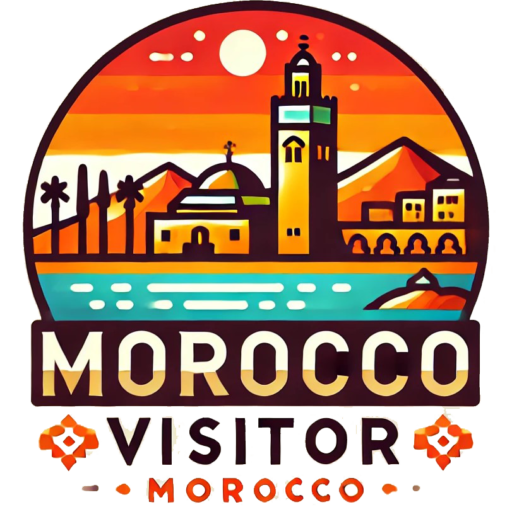
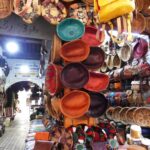

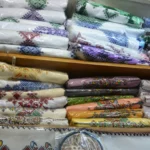
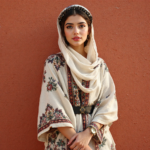
Be the first to leave a comment